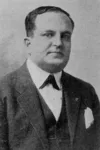Yankee Doodle Daffy (1943)
May 15, 1943Release Date
Plot.
Where to Watch.
Media.
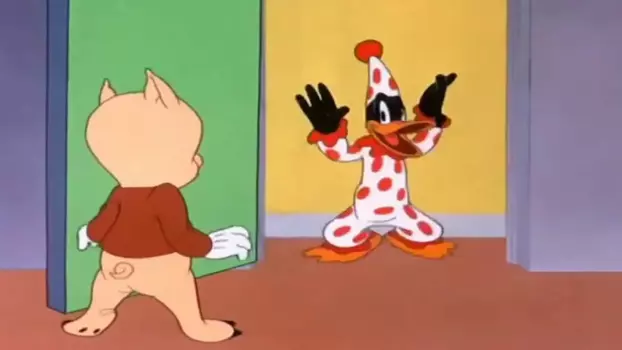

Details.
Release DateMay 15, 1943
StatusReleased
Running Time7m
Genres
Last updated:
This Movie Is About.
Wiki.
Yankee Doodle Daffy is a Warner Bros. Looney Tunes theatrical cartoon short released on June 5, 1943, directed by Friz Freleng and written by Tedd Pierce. The short was the second Technicolor Looney Tunes entry to feature Porky Pig and Daffy Duck (after My Favorite Duck). It is also one of the handfuls of Looney Tunes and Merrie Melodies to have entered into the public domain.
None of the voice actors were credited on screen. Mel Blanc performed most of the voices, while Ken Bennett sang "In the Garden of My Heart" as Sleepy Lagoon. Richard Bickenbach received screen credit as animator, but other animators working on the film were Jack Bradbury, Gerry Chiniquy, Phil Monroe and Manuel Perez. Owen Fitzgerald was the layout artist, Paul Julian painted the backgrounds, and Lloyd Turner was the in-between artist.
The title and introductory music are inspired by the 1942 film Yankee Doodle Dandy, a major hit and a Warner release. Other than the fact of both films being about show business, they have no plot elements in common. It is one of the few Daffy Duck/Porky Pig cartoons to have entered into the public domain after United Artists failed to renew the copyright by 1971.
You May Also Like.
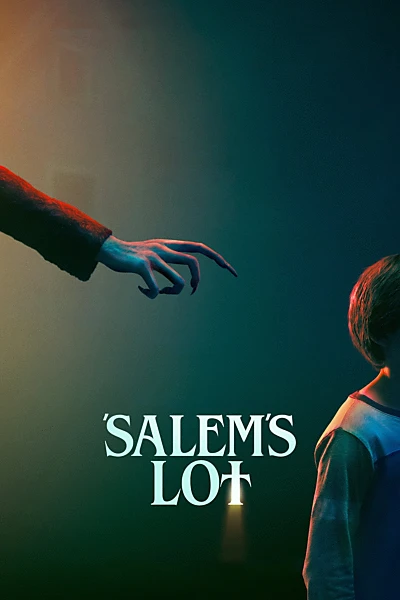
Salem's Lot (2024)

Alienoid: Return to the Future (2024)
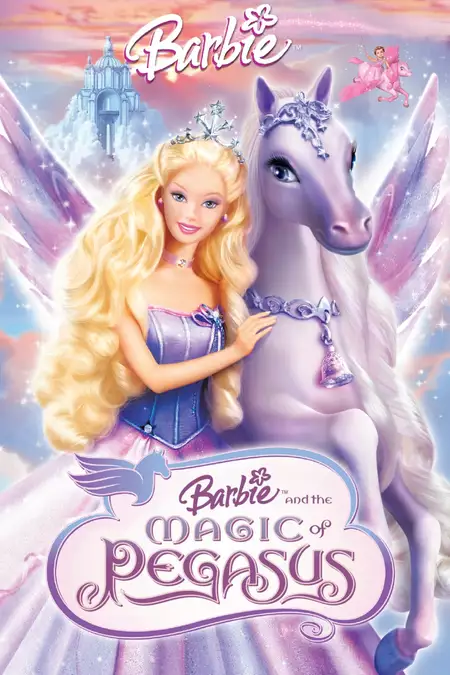
Barbie and the Magic of Pegasus (2005)
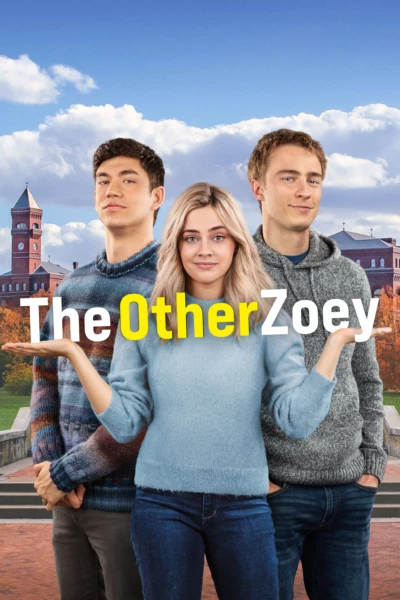
The Other Zoey (2023)
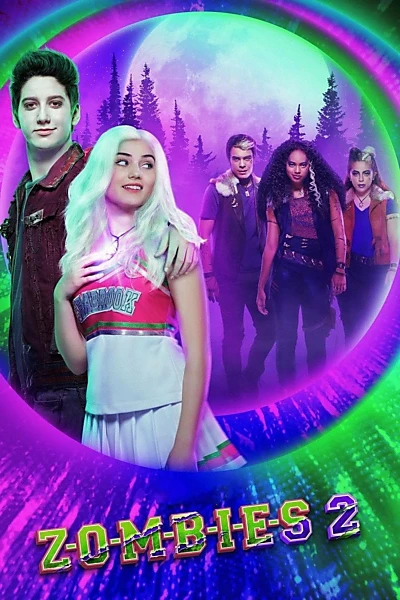
Z-O-M-B-I-E-S 2 (2020)

Man in Love (2021)
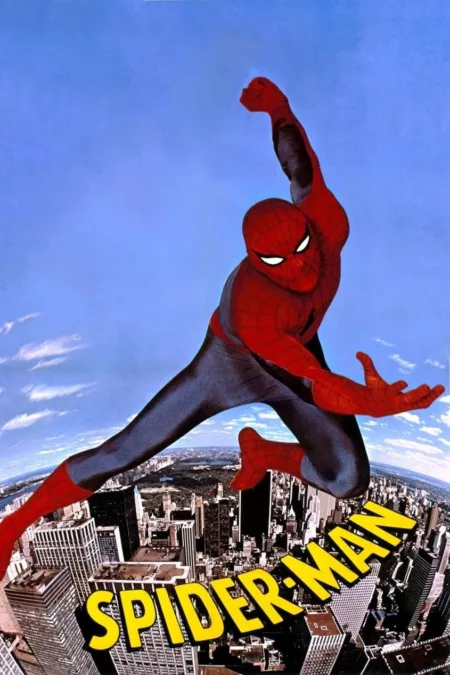
Spider-Man (1977)

The Immortal Wars: Rebirth (2021)

My Big Fat Greek Wedding 3 (2023)
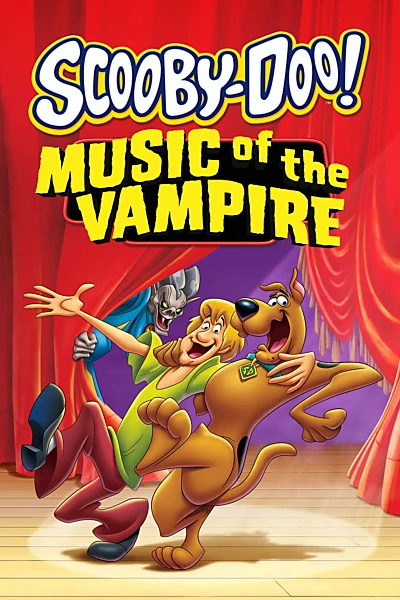
Scooby-Doo! Music of the Vampire (2012)

Fantozzi Still Suffers (1983)
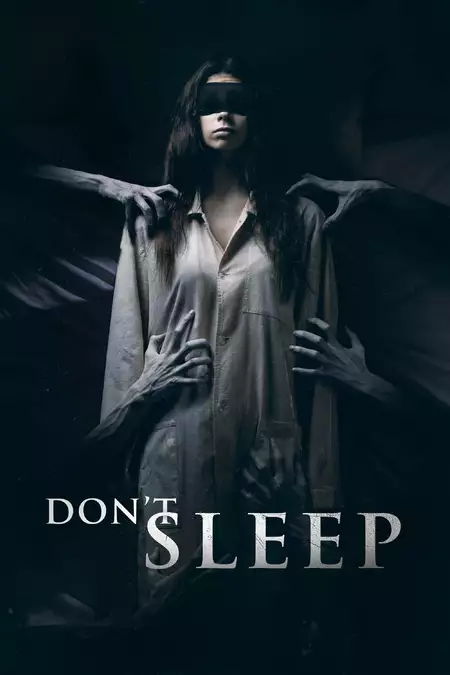
Don't Sleep (2017)

Along Came Love (2023)
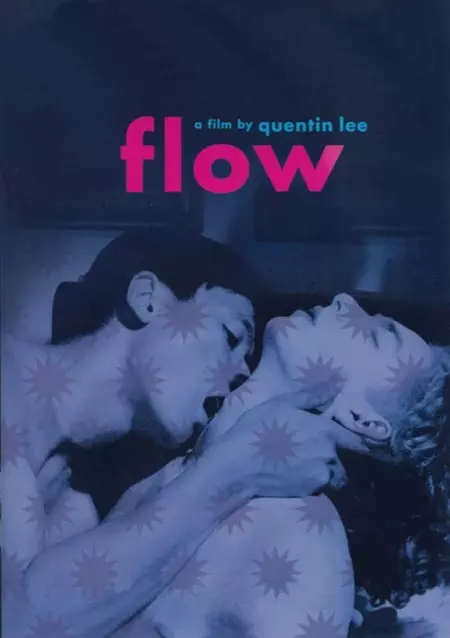
Flow (1996)
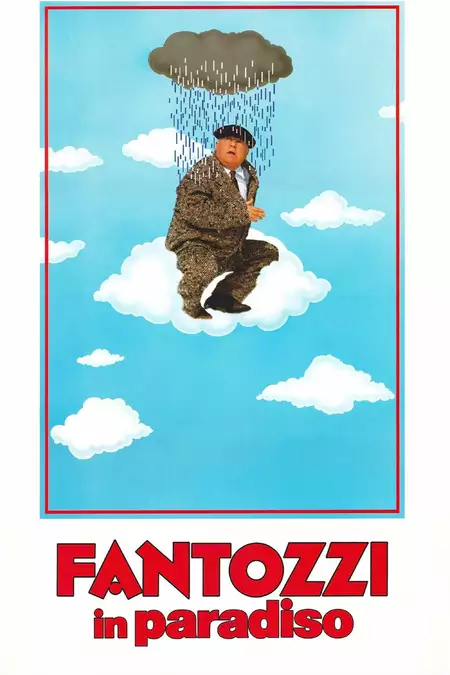
Fantozzi in Heaven (1993)

1 (2009)
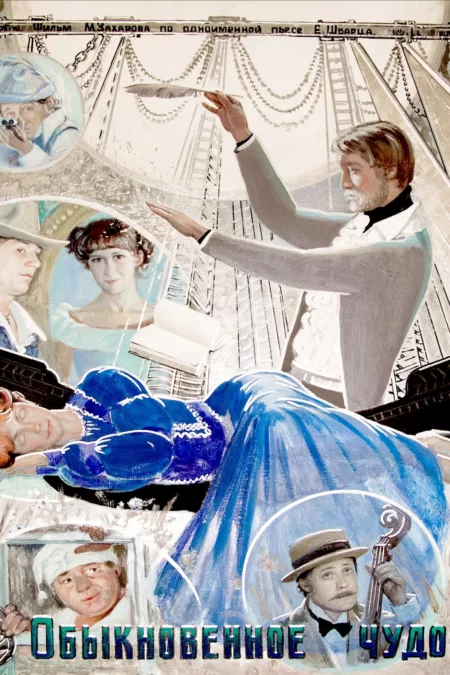
Ordinary Miracle (1978)

Falla girare - The Last Joint (2022)
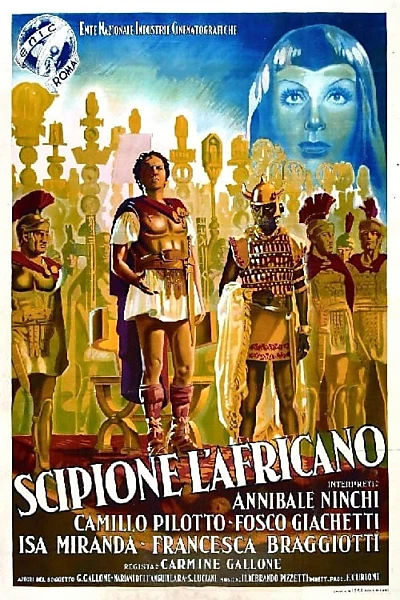
Scipio Africanus: The Defeat of Hannibal (1937)






